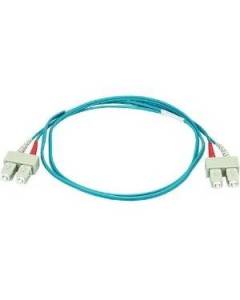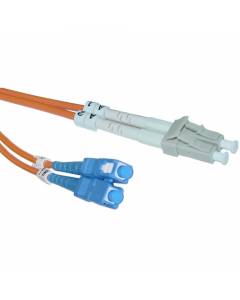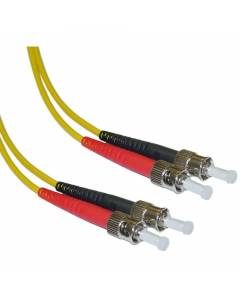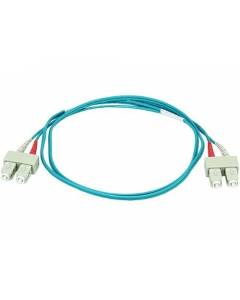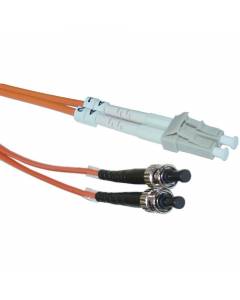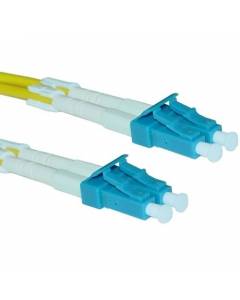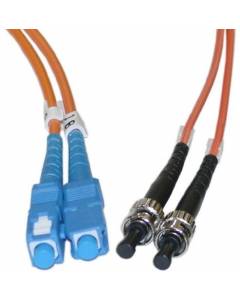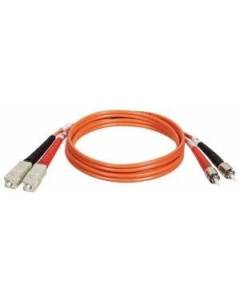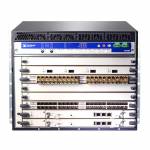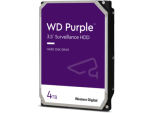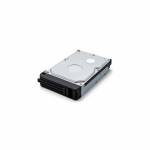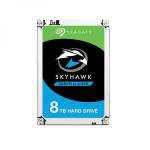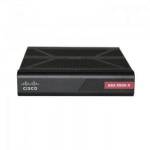Fiber Optic Cable
Fiber optic cables are a type of high-speed transmission medium used for transmitting data over long distances. They consist of thin strands of optically pure glass or plastic fibers that carry digital information in the form of light signals. Fiber optic cables are known for their exceptional speed, bandwidth, and reliability, making them a popular choice for telecommunications and networking applications.
Here are some key characteristics and benefits of fiber optic cables:
-
Speed and Bandwidth: Fiber optic cables can transmit data at incredibly high speeds, often reaching gigabit and terabit rates. They have a much higher bandwidth capacity compared to traditional copper cables, allowing for the efficient transfer of large amounts of data, including multimedia, video streaming, and real-time applications.
-
Long-Distance Transmission: Fiber optic cables can transmit data over long distances without significant signal degradation. Unlike copper cables, which experience signal loss over extended distances, fiber optic cables maintain signal integrity over distances spanning several kilometers. This makes them ideal for long-haul communication networks, such as undersea cables and telecommunications backbone infrastructure.
-
Immunity to Interference: Fiber optic cables are immune to electromagnetic interference (EMI) and radio frequency interference (RFI). They are not affected by electrical noise, making them highly reliable for transmitting data in environments with high levels of electromagnetic activity, such as industrial settings or areas with heavy electrical equipment.

